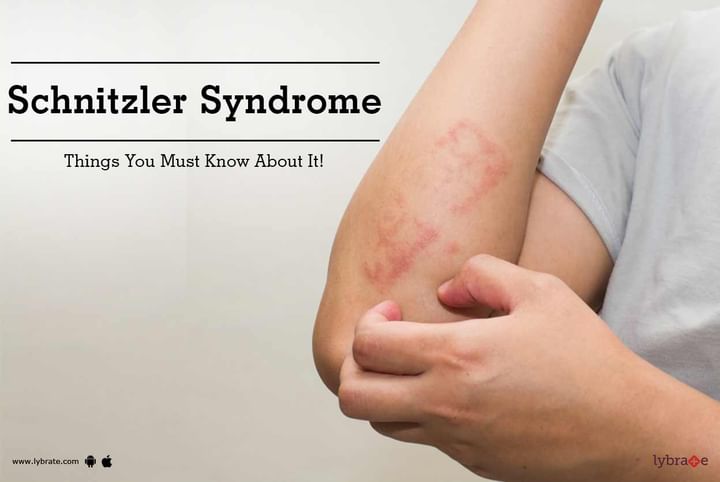Schnitzler Syndrome - Things You Must Know About It!
Schnitzler’s syndrome is a very rare condition described by a reddish rash that looks like hives (urticaria) and lifted levels of a particular protein in the blood (monoclonal IgM gammopathy). Symptoms connected with the Schnitzler disorder may include increased levels of fever, joint inflammation, joint pain (arthralgia), bone agony, and different discoveries, for example, swollen lymph nodes (lymphadenopathy). It also causes weight reduction, discomfort, exhaustion, and broadened spleen and liver. This condition should be treated in terms of taking care of the symptoms so that they do not become debilitating.
Some of the other symptoms include the following:
- Urticaria (hives) depicts red raised patches of the skin. These are once in a while irritated. They may last for about 12 hours to 3 days. This may become severely painful if not treated in time.
- 80% of such patients suffer from painful or swollen. A few patients experience bone pain as well.
- High fever might be there accompanied by chills and night sweating. This can give rise to further uneasiness and is usually caused when the immune system is attacked by the ailment.
- One of the main symptoms of the Schnitzler disorder is monoclonal gammopathy. This mostly means a raised level of immunoglobulin M (IgM)
Reasons behind it
The main cause behind the Schnitzler syndrome is unknown. Specialists believe that particular parts of the immune system may not work appropriately in the end because of the Schnitzler syndrome. Individuals with the Schnitzler disorder additionally have monoclonal IgM gammopathy, in which abnormal production of immunoglobins result in elevated levels of immunoglobulin M (IgM) in the body. Immunoglobulins are proteins delivered by the white blood cells. A few analysts believe that IgM antibodies accumulate in the skin (epidermis), setting off a reaction that causes the rash. At the time of diagnosis, IgM levels may just be somewhat raised and may stay stable for quite a long time.
Diagnosis
The diagnosis of the Schnitzler disorder is based upon an intensive clinical assessment, patient history, rejection of different other disorders and proof of fever, joint pain or aggravation, bone pain, discernible lymph nodes, amplification of the liver or spleen, lifted quantities of white platelets (leukocytosis), raised red platelet (erythrocyte) or anomalies, which can uncover expanded bone thickness (osteosclerosis).
Treatment:
Anakinra is a successful treatment for Schnitzler syndrome. It is also very commonly used to treat rheumatoid joint inflammation. The following medicines and therapies have been proven to be successful for treating the Schnitzler disorder over a period of time. These are as follows:
- Antihistamines
- Nonsteroidal calming specialists
- Systemic steroids (prednisone)
- Hydroxychloroquine
- Colchicine
- Dapsone
- Pamidronate
- Thalidomide
- Pefloxacin
- Phototherapy
- Immunosuppressive specialists (ciclosporin, methotrexate, cycloposphamide)
- Biologic specialists (tocilizumab, rituximab)
The Schnitzler disorder is a long-term infection, so stopping a promising treatment can tend to cause a relapse and may cause the disease to reappear. Also, the medicines mentioned above should not be taken without consulting a doctor as they can have sever side effects, if not administered under the guidance of a physician.
In case you have a concern or query you can always consult an expert & get answers to your questions!
In case you have a concern or query regarding skincare consult doctor online, you can always consult the best dermatologist online & get the answers to your questions.



+1.svg)
